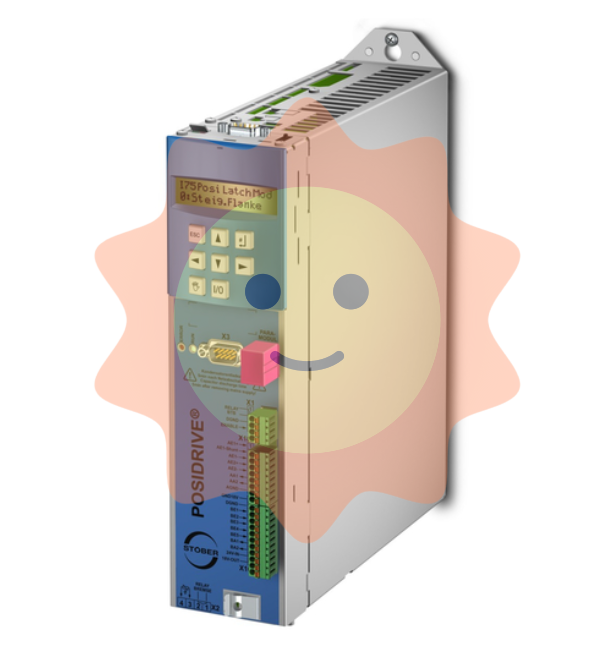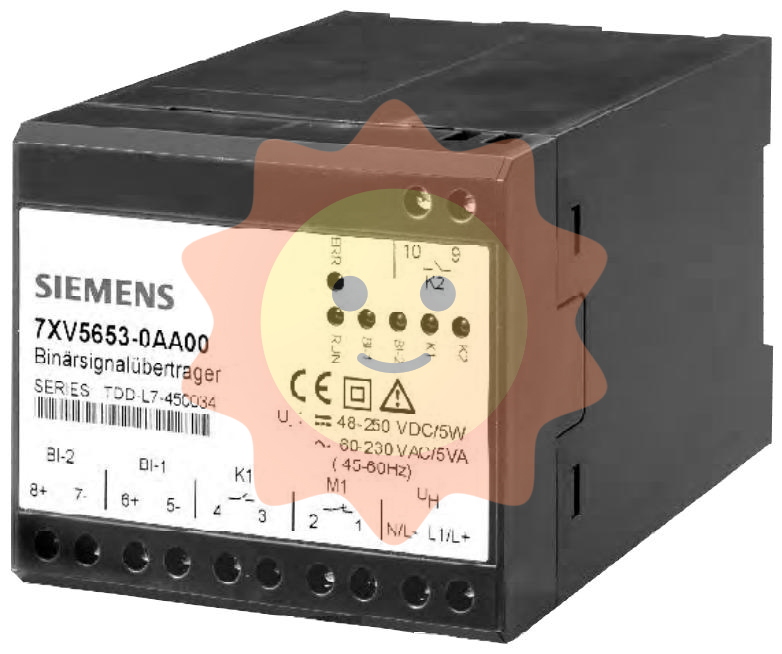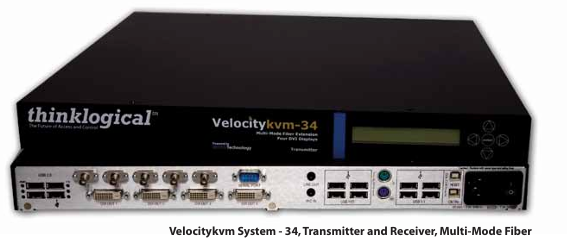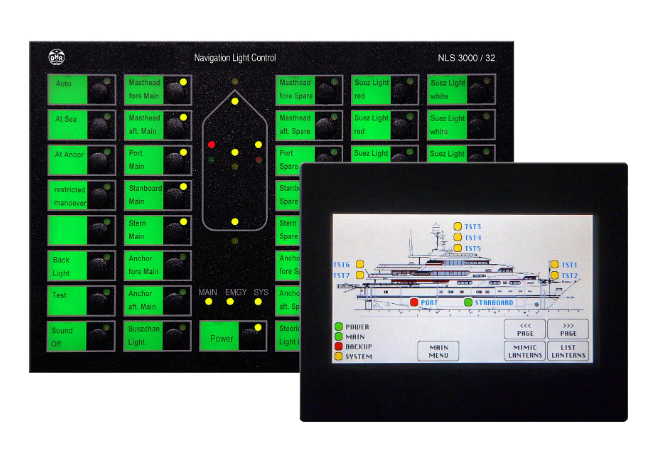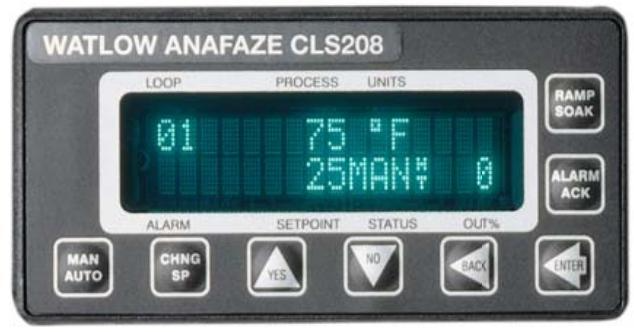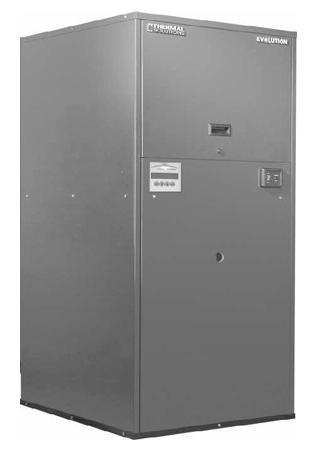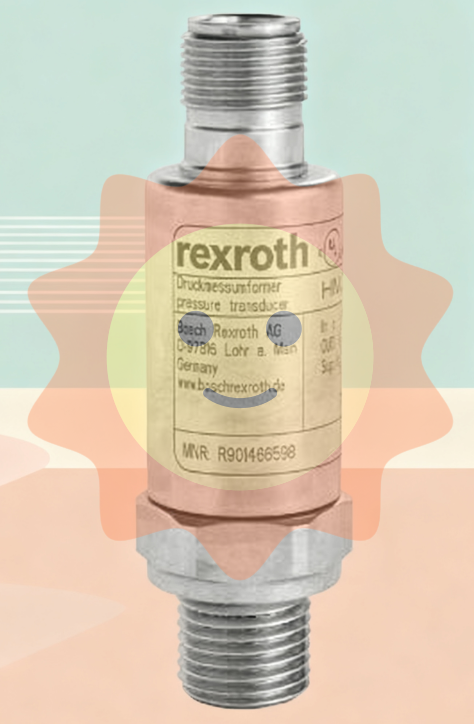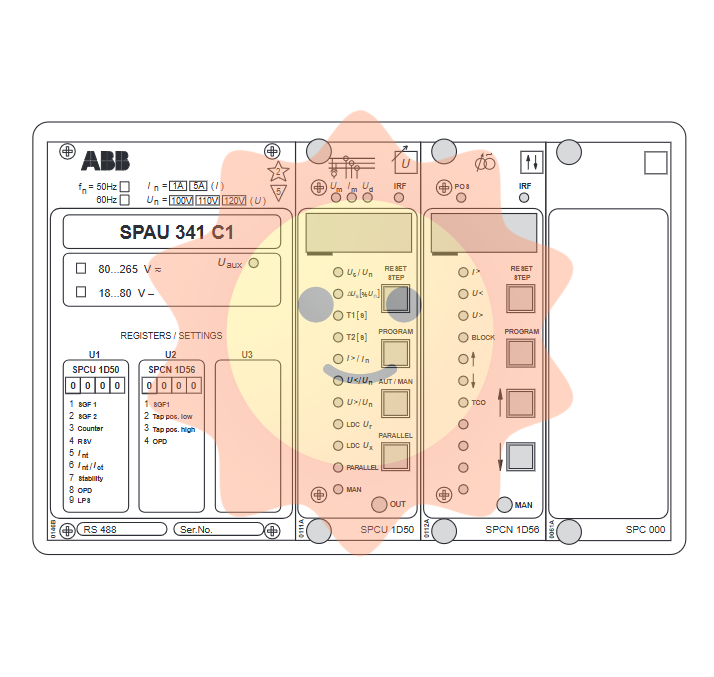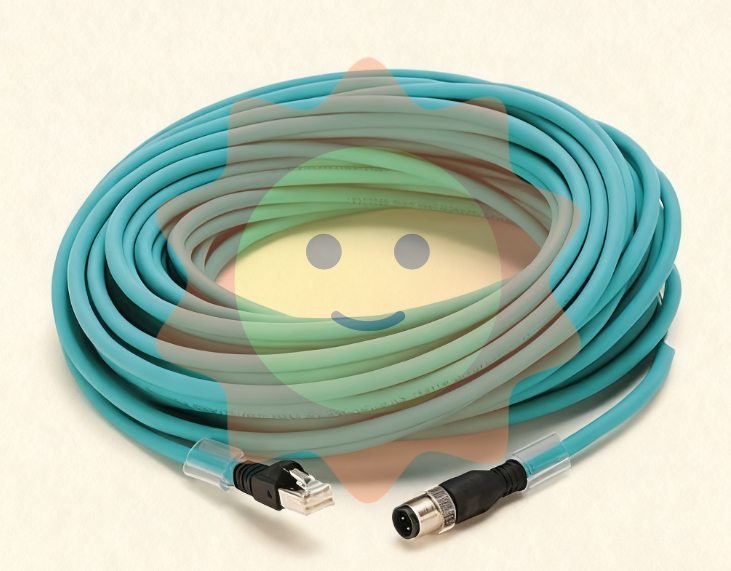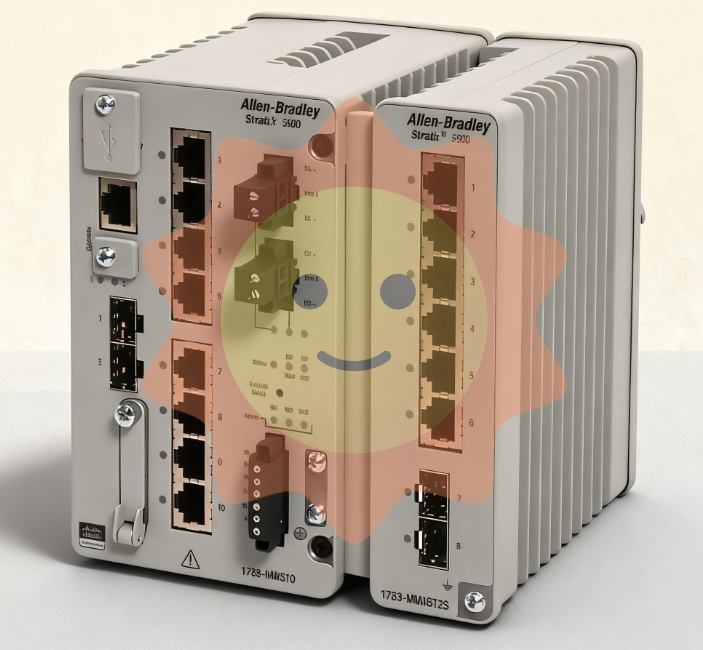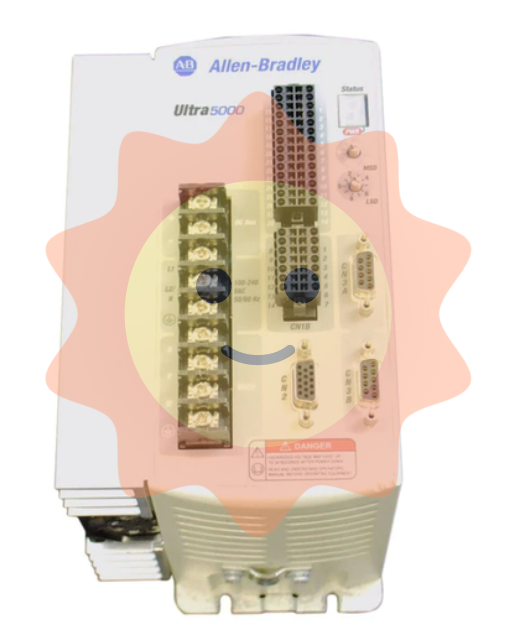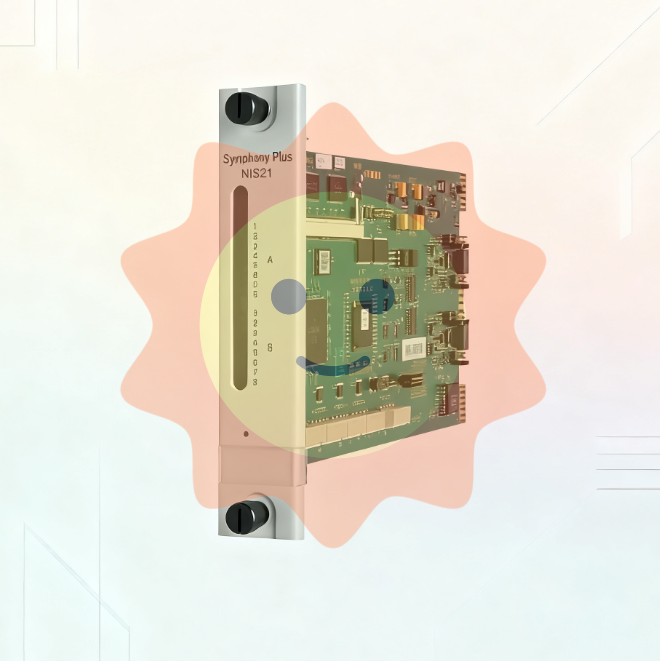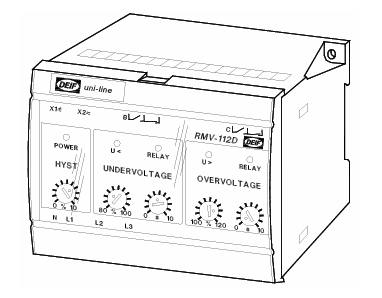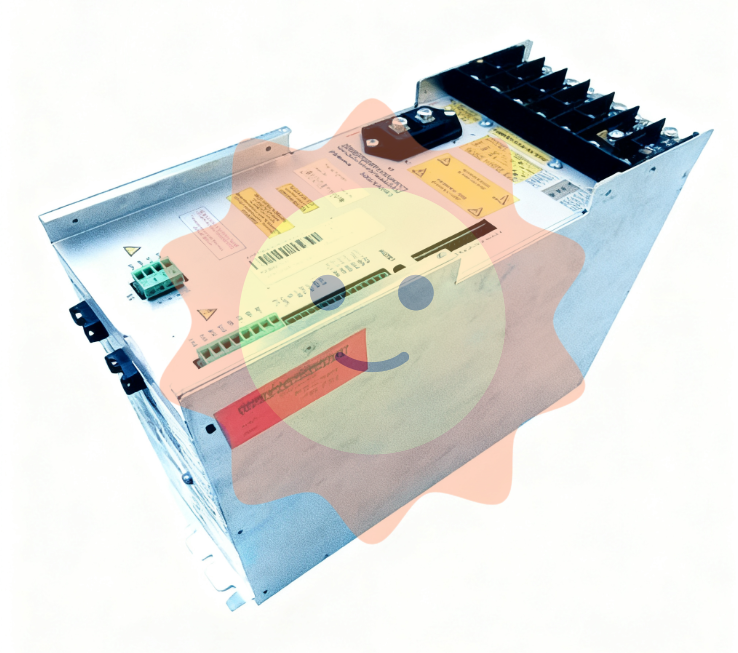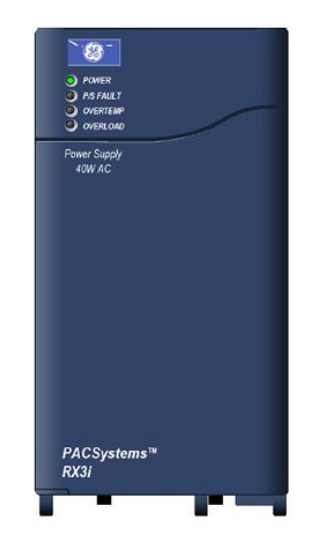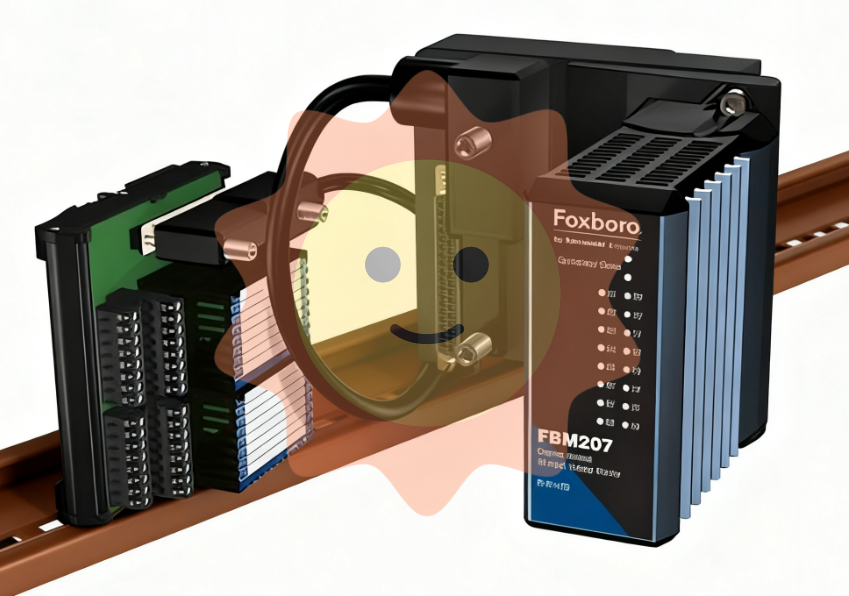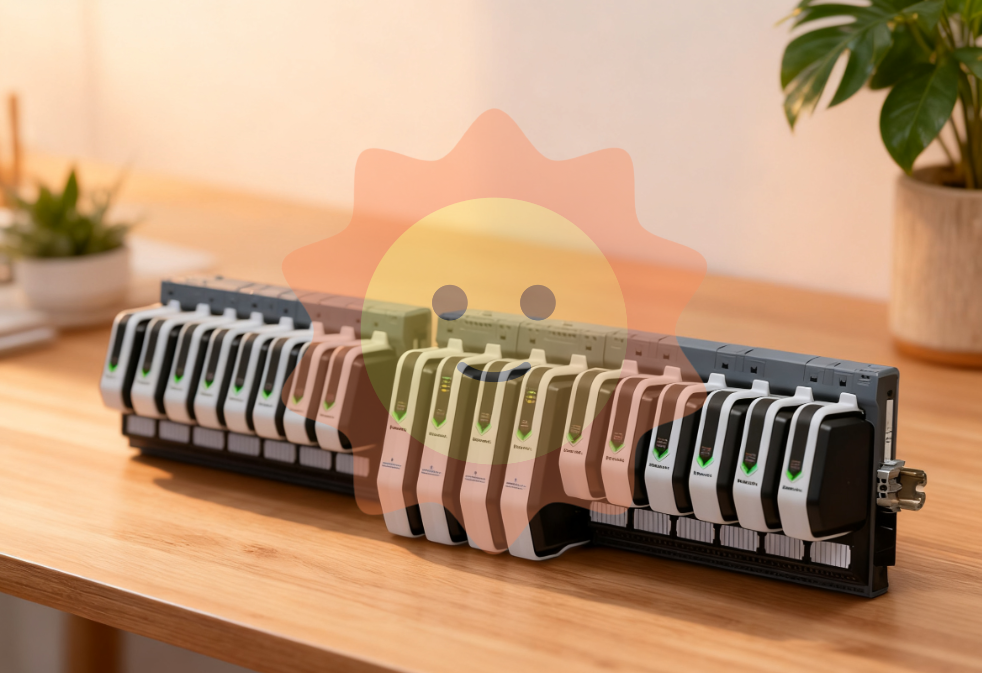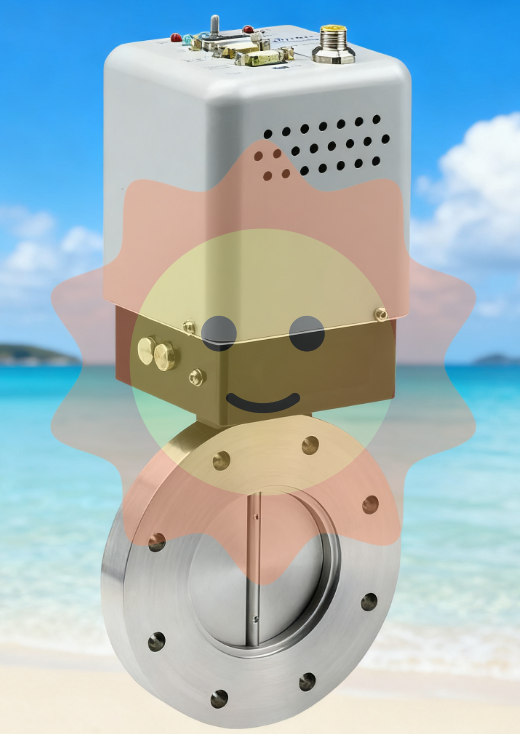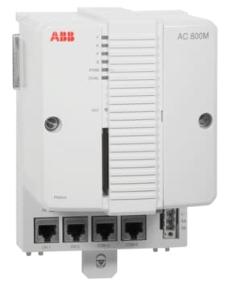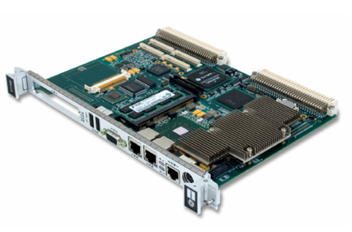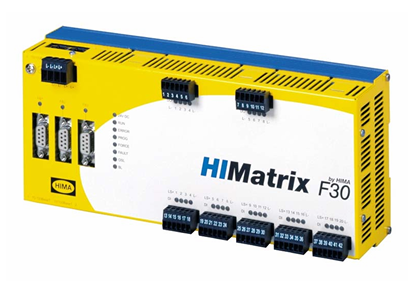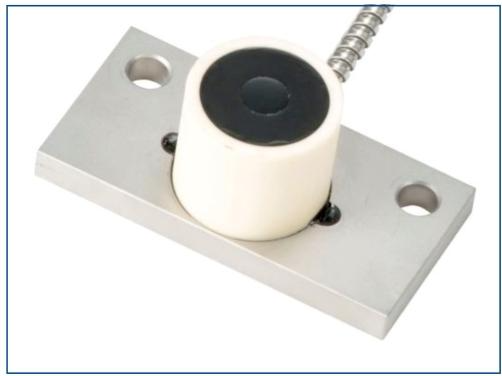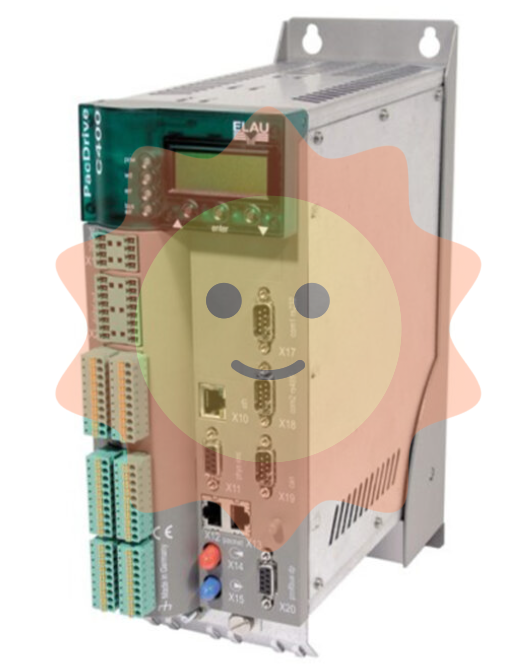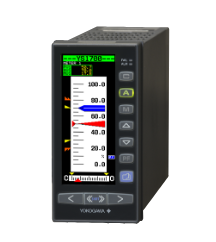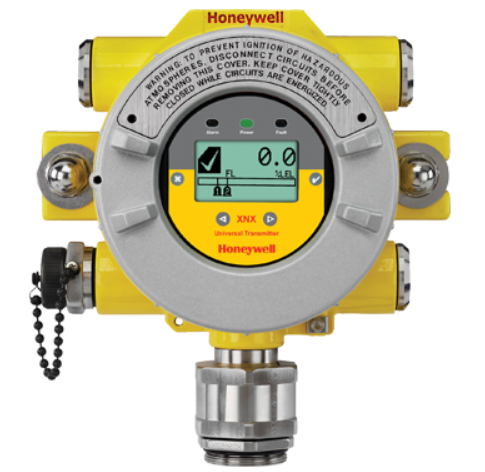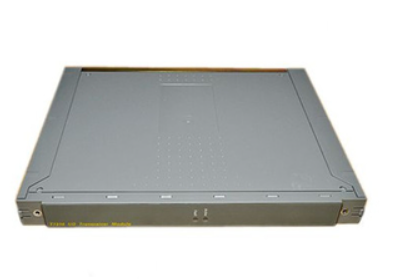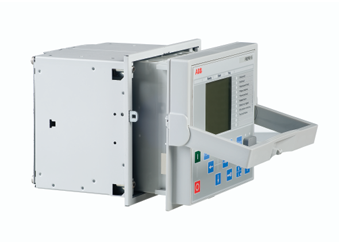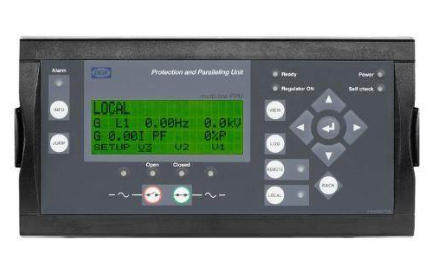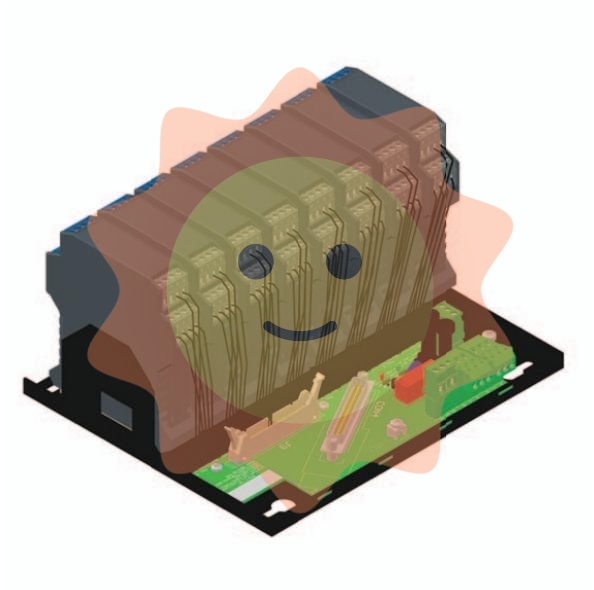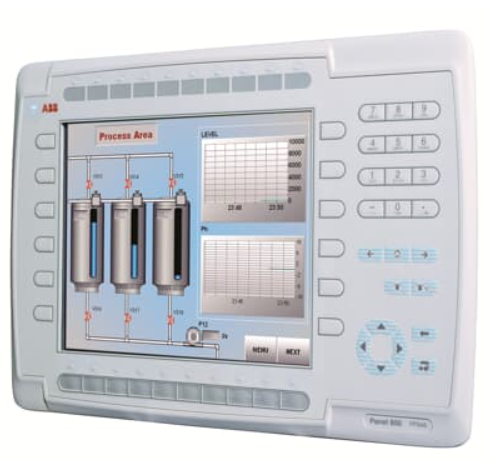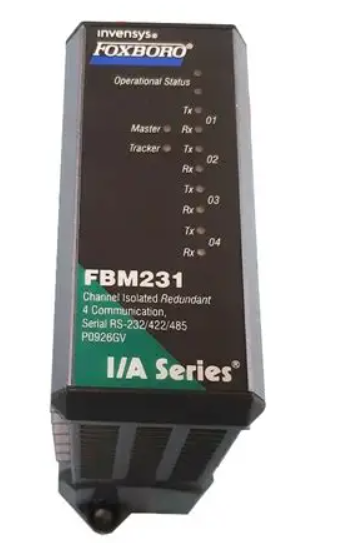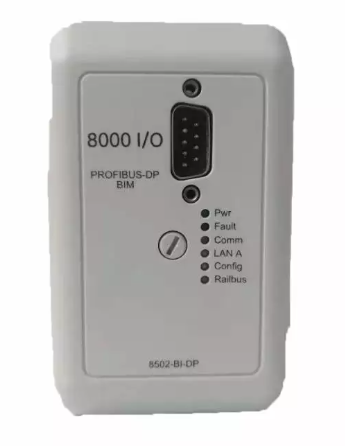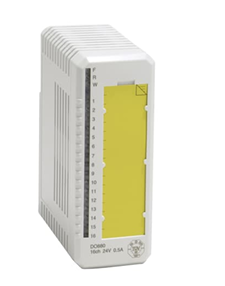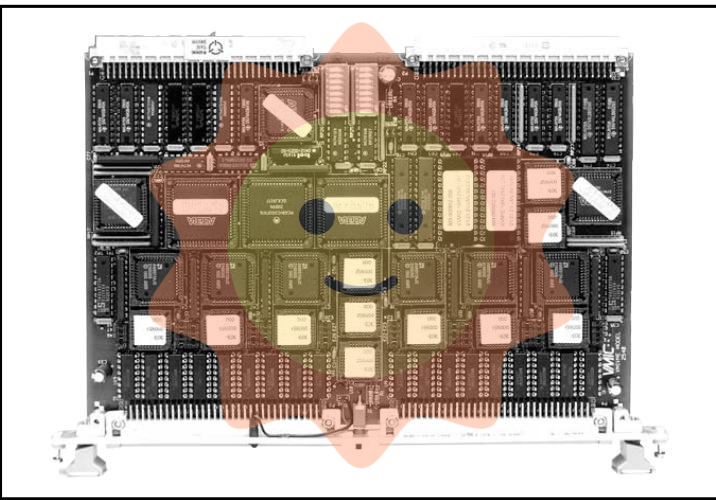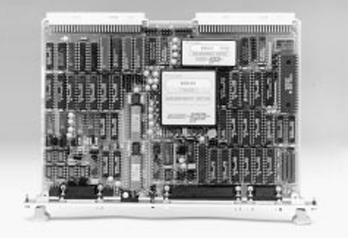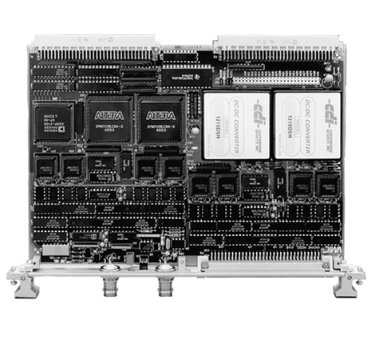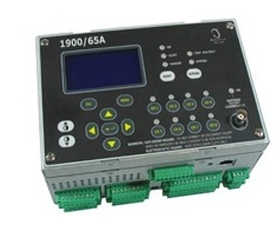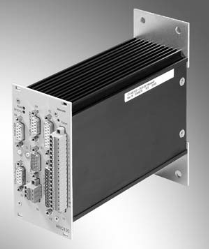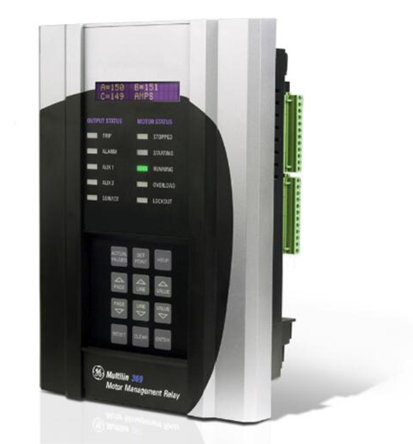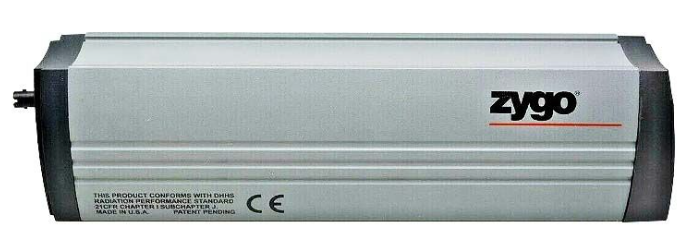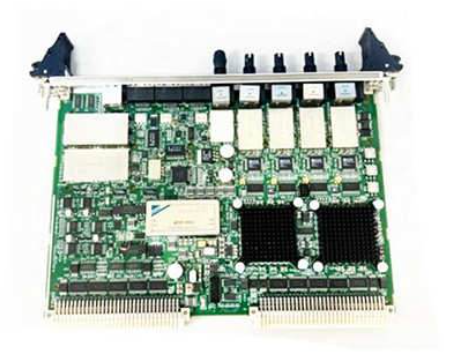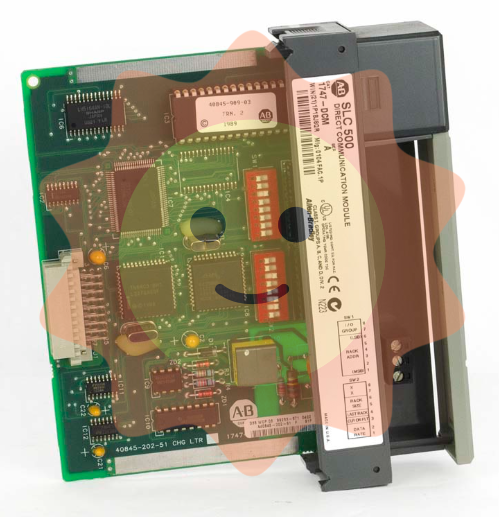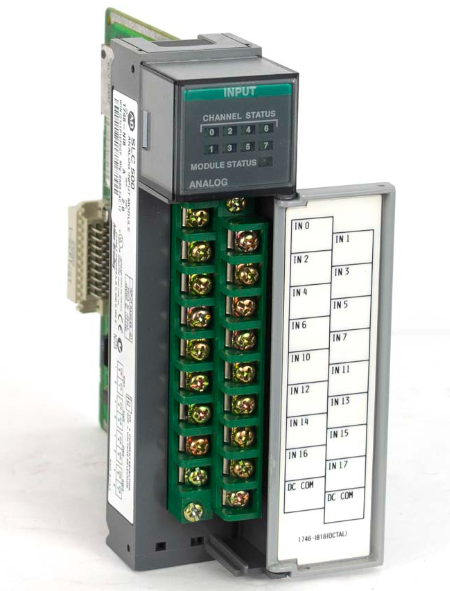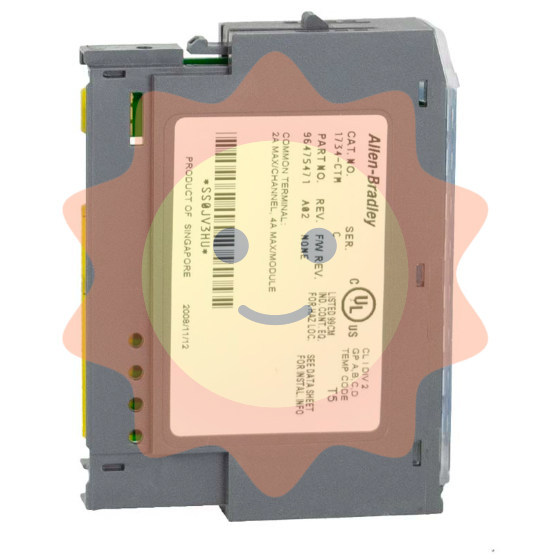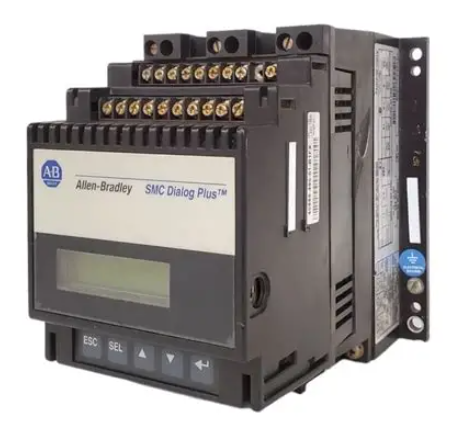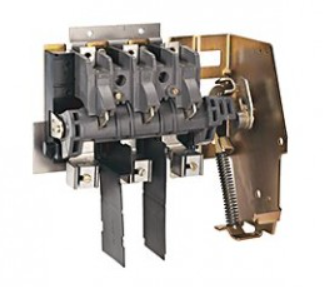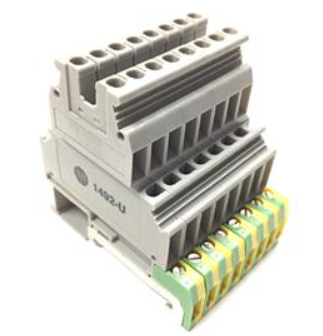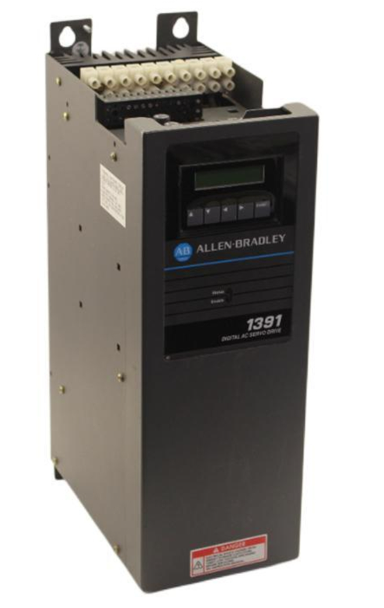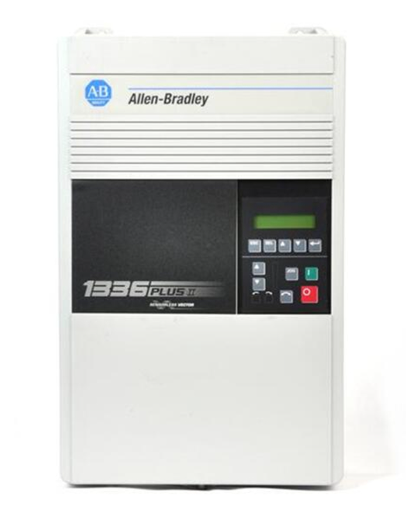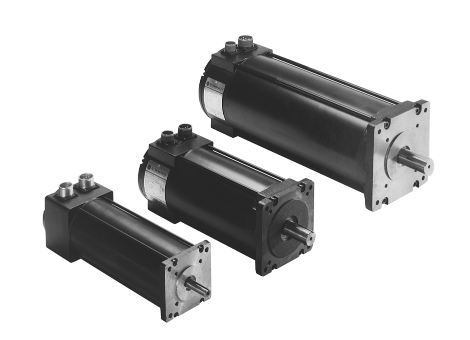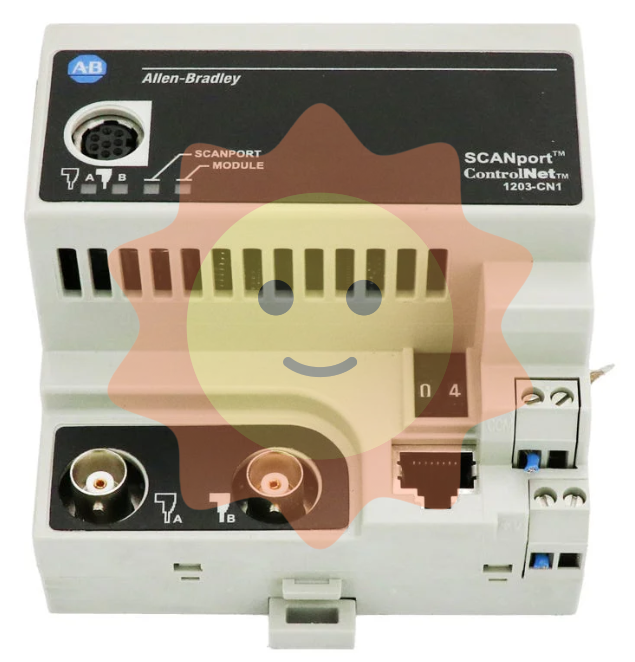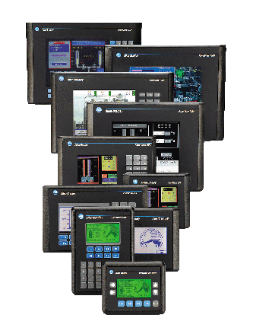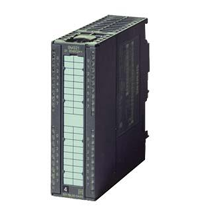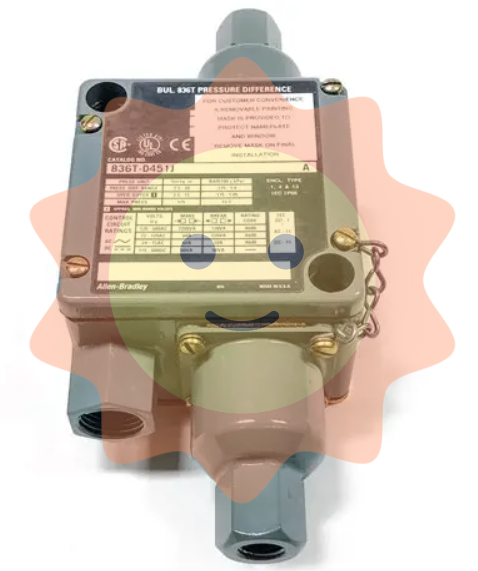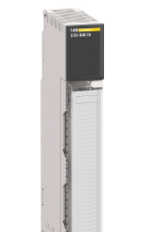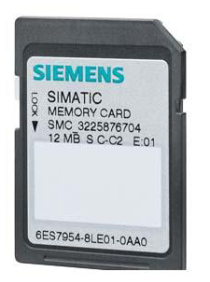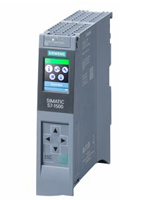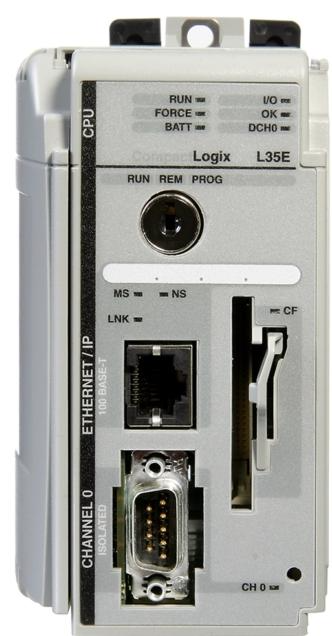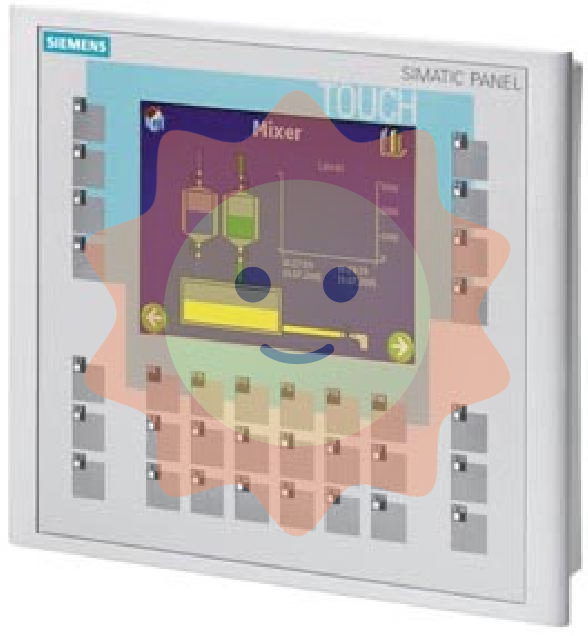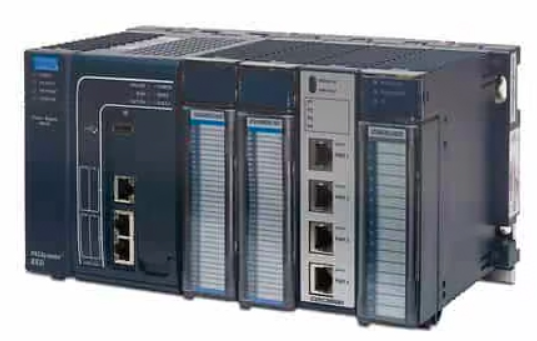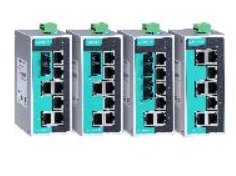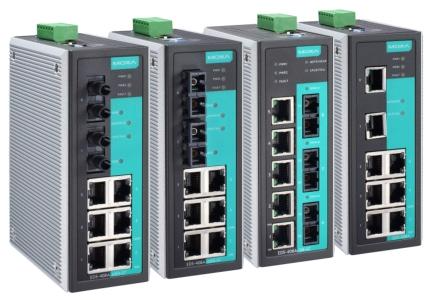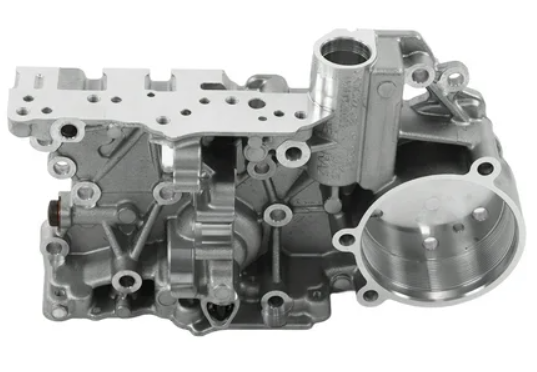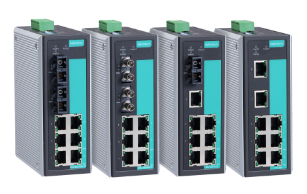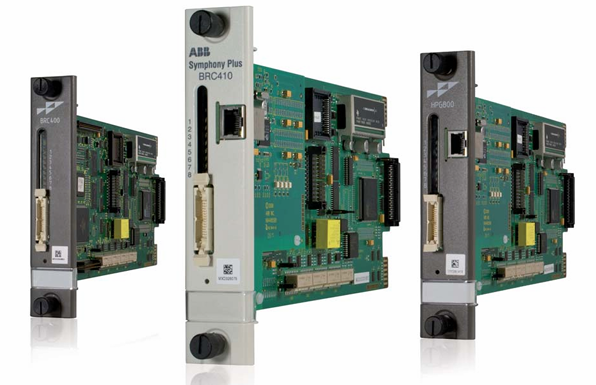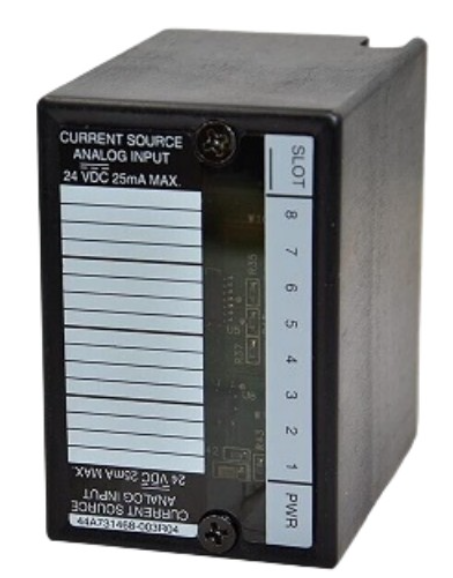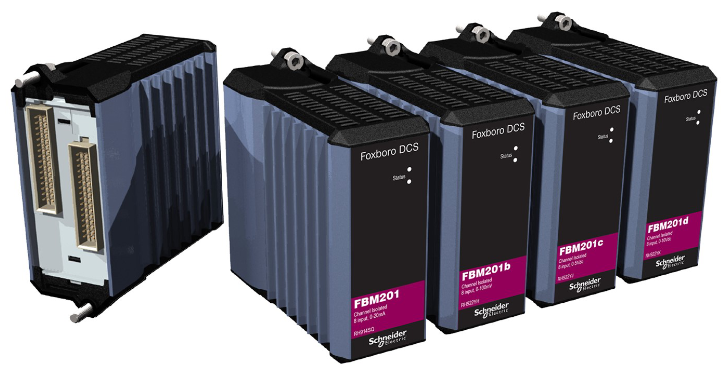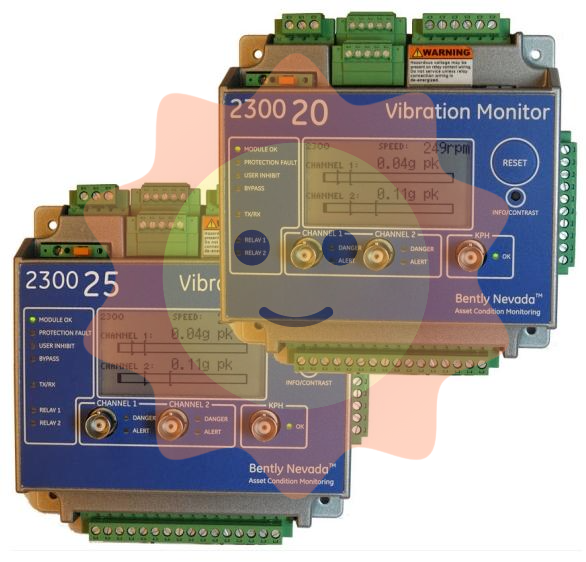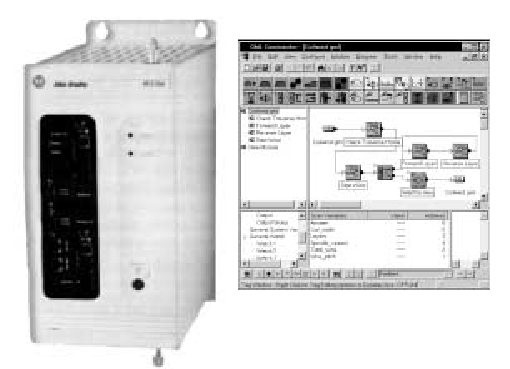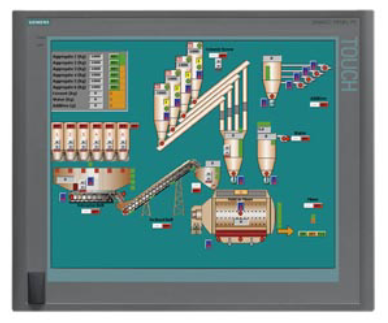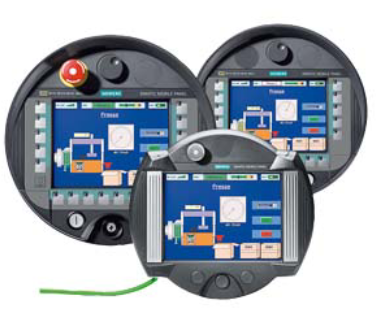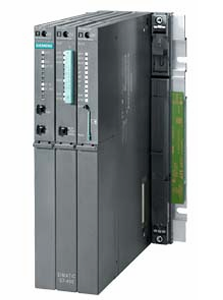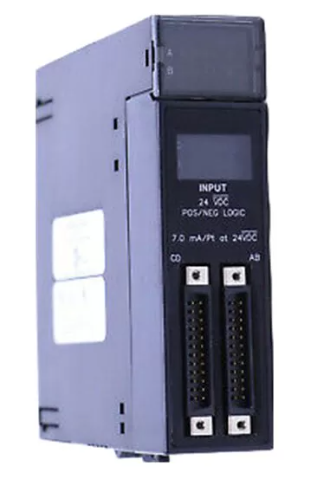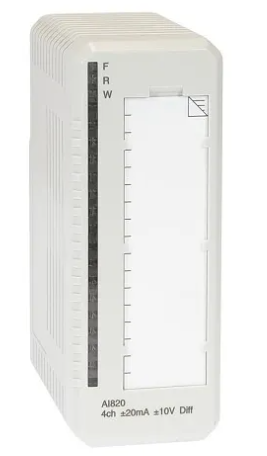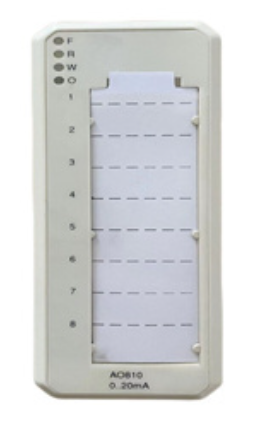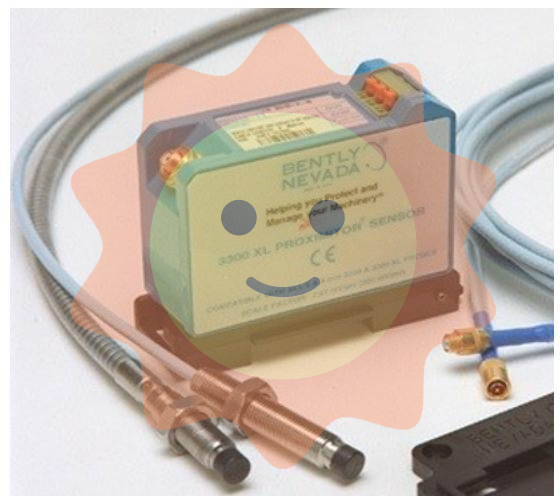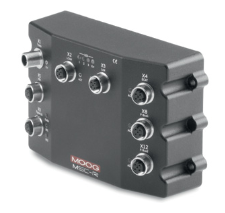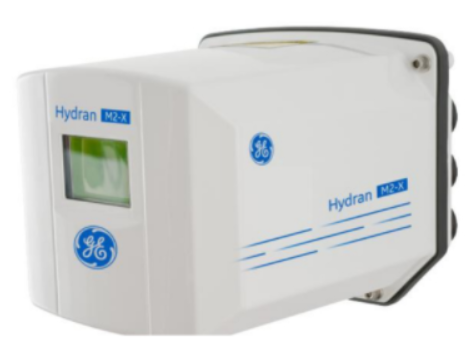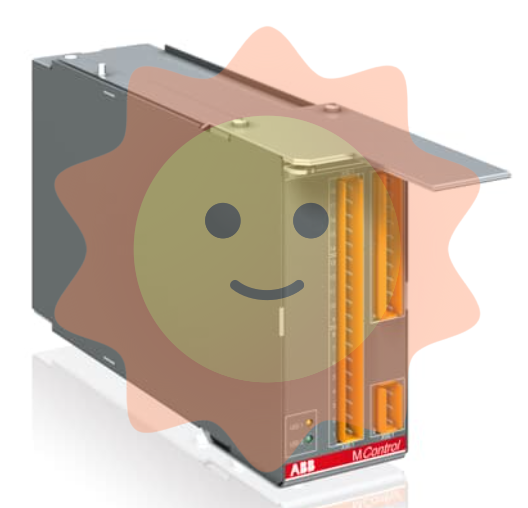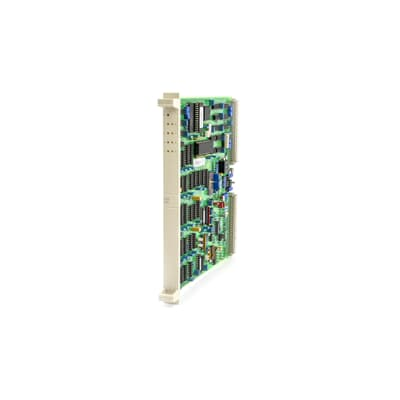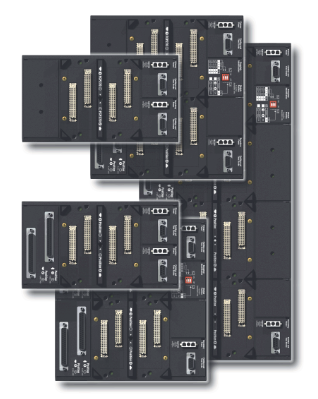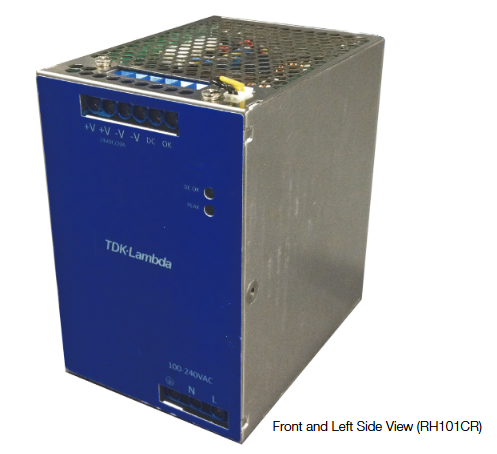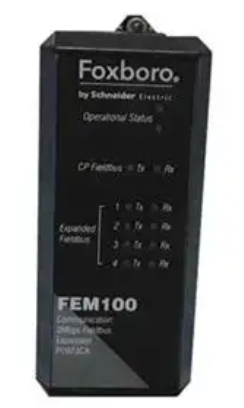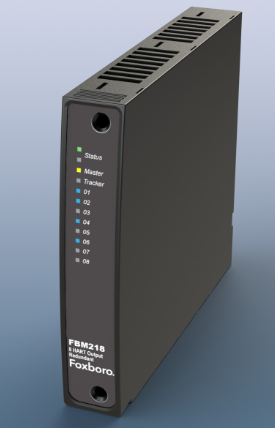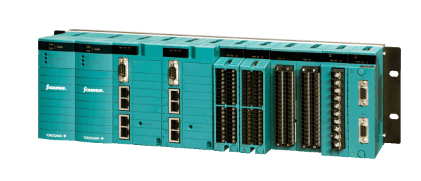ABB NKAS01-15 Termination Cable
Basic structure
Conductor Material:
The conductor of the ABB NKAS01 - 15 Termination Cable is typically high purity copper. Copper has excellent electrical conductivity, which enables it to efficiently transmit a wide range of signals, both analog and digital. The high purity copper conductor reduces resistance as current passes through it, minimizing energy loss during transmission and ensuring signal integrity and accuracy.
Insulation section:
The insulation layer will generally be made of high quality insulating materials such as Polyvinyl Chloride (PVC) or Polytetrafluoroethylene (PTFE.) PVC is a common insulating material with good insulating properties, mechanical strength, and chemical resistance, while PTFE has higher temperature resistance and better chemical stability, making it suitable for harsher industrial environments. These insulating materials can effectively prevent short circuits between different conductors, guaranteeing signal independence and stability.
Shielded construction:
The cable may contain copper tape or braided copper mesh shielding. The main purpose of this shielding design is to reduce the effect of external electromagnetic interference on the signal inside the cable. In industrial environments, there are a large number of sources of electromagnetic interference, such as motors, frequency converters and other high-power electrical equipment. The shielding layer can effectively prevent these external electromagnetic interferences from entering the interior of the cable, while also preventing the internal signals from radiating outward and avoiding interference with other sensitive equipment.
Sheath Characteristics:
Sheathing is typically made of Low Smoke Zero Halogen (LSZH) material, which is environmentally friendly and safe because it has good flame retardant properties and reduces the generation of harmful fumes in the event of a fire. In addition, it is also resistant to abrasion, oil and chemical corrosion, which can protect the internal structure of the cable in complex industrial environments and extend the service life of the cable.
Technical Parameters
Rated voltage:
The rated voltage is generally around 24V DC. This voltage level can meet the power supply requirements of most of the equipments connected with the cable, providing stable power support for the normal operation of the equipments and signal transmission.
Rated current:
Depending on the number of devices connected and the load, the current rating is usually between 0.5A - 1.5A. This ensures that the cable can provide sufficient power for multiple devices while avoiding damage to the cable or connected devices due to current overload.
Characteristic Impedance:
Characteristic impedance is typically around 50Ω or 75Ω, which matches the impedance of other devices and networks in the system. By matching the impedance, efficient signal transmission can be realized, reducing signal reflection and attenuation, thus improving the quality and reliability of signal transmission.
Signal transmission rate:
Capable of supporting high data transmission rates, usually up to several Mbps or even higher. This makes it possible to transmit various control signals, status feedback signals and data information quickly and accurately, meeting the real-time and accuracy requirements of industrial automation control systems.
Functional Features
Compatibility advantage:
The cable is specially designed for ABB systems and has good compatibility with various ABB devices, such as PLCs, DCS systems, analog modules, communication modules and so on. This compatibility ensures the overall stability of the system, enabling seamless connection and reliable communication between different devices.
Strong anti-interference performance:
Due to its good shielding structure and high-quality shielding materials, it has excellent anti-interference capability. In the complex electromagnetic environment of the industrial site, it can effectively resist electromagnetic interference from the surrounding electrical equipment, ensuring the stability and accuracy of the signal in the transmission process.
Stable signal transmission:
The use of high-quality materials and advanced manufacturing process makes the cable's electrical and mechanical properties stable. Signal attenuation in the transmission process is small, can be a long time stable signal transmission, reduce signal loss and BER, thus improving the reliability of the whole system.
Installation and maintenance convenience:
Standardized interfaces and connections, such as BNC connectors, RJ45 connectors or other special connectors, are usually used. This standardized design makes the installation process simple and convenient, without the need for special tools. Moreover, it is easy to replace or add cables during system maintenance and expansion, which reduces the installation and maintenance costs of the system.
Application Areas
Industrial automation control system:
It is widely used in automation control systems in electric power, chemical industry, steel, paper making and other industrial fields. It is used to connect various terminal devices and modules to realize real-time monitoring and precise control of the production process. For example, in the chemical production process, temperature sensors, pressure sensors and other equipment can be connected to accurately transmit the collected analog signals to the control system for processing.
Energy management system:
It plays an important role in the automated monitoring system of energy facilities such as power plants and substations. It can connect various energy equipment, such as generators, transformers, switchgear, etc., to realize remote monitoring, control and management of energy equipment. For example, in a substation, it can transmit switch status signals, power measurement signals, etc. to ensure the safe and stable operation of the energy system.
Intelligent building system:
It is also used in the security system, lighting system and air conditioning system of intelligent buildings. It is used to connect various intelligent devices, such as access control controller, lighting controller, air conditioning controller, etc., to realize intelligent control and management of the system. For example, in the lighting system, the light intensity sensor signal can be transmitted to automatically adjust the lighting brightness according to the ambient light conditions.

- User name Member Level Quantity Specification Purchase Date
- Satisfaction :
-









Email:wang@kongjiangauto.com









